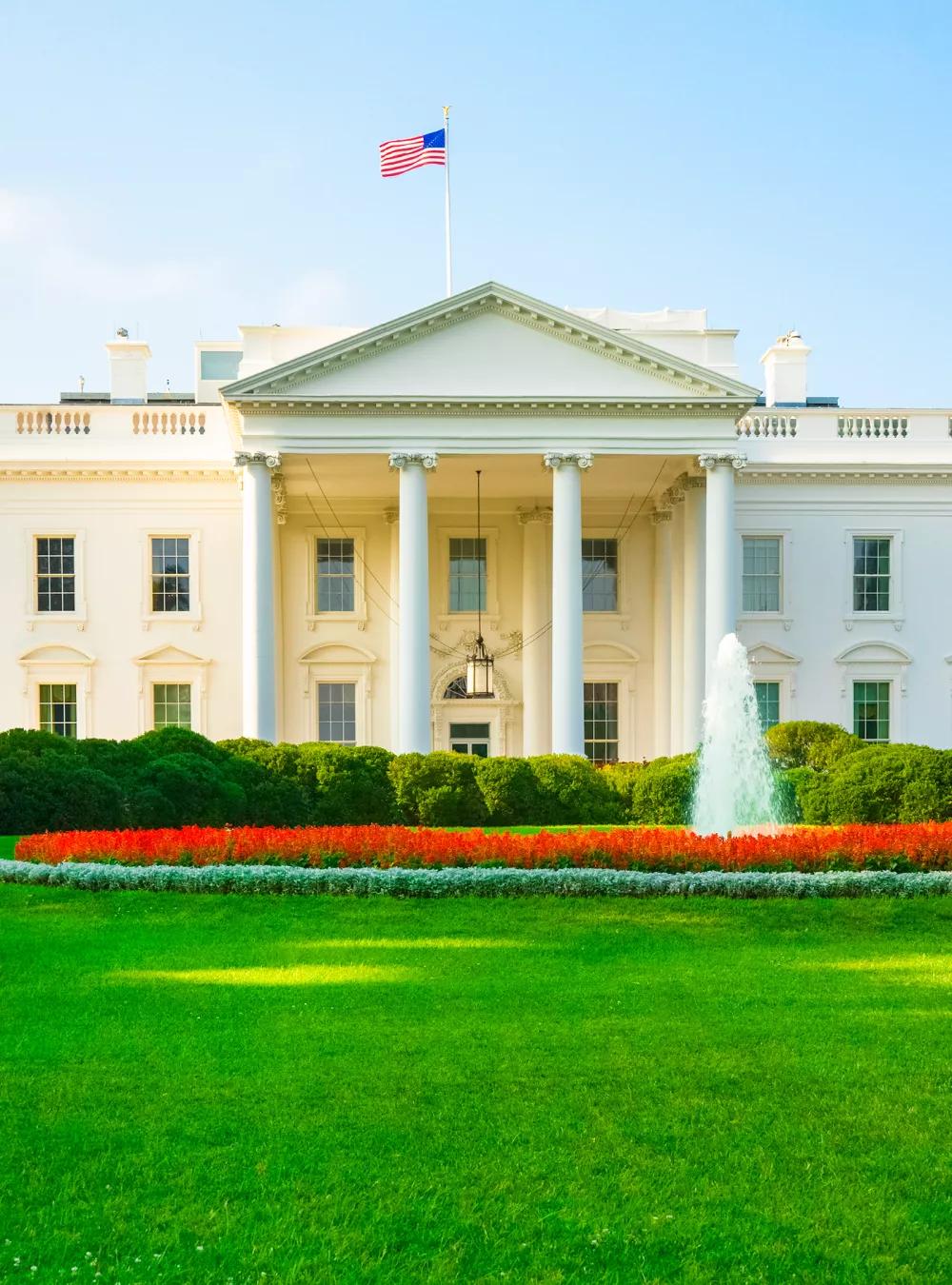MITRE’s data-driven responses to a White House inquiry requesting input into biotechnology and bioeconomy advancement.

MITRE’s Response to the OSTP RFI Supporting the National Biotechnology and Biomanufacturing Initiative
What’s the issue? “Biotechnology and biomanufacturing offer new opportunities to strengthen supply chains and lower prices, create more sustainable products through bio-based production, expand domestic production of goods and materials, create jobs across all of America, and spur new opportunities in agricultural communities, as some examples.” The Office of Science and Technology Policy sought input on “how advances in biotechnology and biomanufacturing can help us achieve goals that were previously out of reach and what steps can be taken to ensure we have the right research ecosystem, workforce, data, domestic biomanufacturing capacity, and other components to support a strong bioeconomy.”
What did we do? The Center for Data-Driven Policy led a cross-MITRE analysis of OSTP’s posed questions, seeking to uncover data and evidence (from our work in the public interest) that would help the Office understand opportunities and develop plans that are evidence-based, actionable, and effective.
What did we find? The pace of innovation and industrialization of biotechnology has increased substantially over the past ten years. The continued development and industrialization of the bioeconomy will have tremendous impacts in areas such as human health, manufacturing, the environment, and agriculture.
Advancing biotechnology and the bioeconomy requires an integrated system of actions across the whole of government. MITRE recommends four interrelated courses of action (COAs) as a systematic approach that the federal government should undertake simultaneously to be effective. The first COA is defining and implementing a biomanufacturing strategy, which should be tied to the appropriate policy, authorities, and accountabilities to execute against it. Second, the federal government should identify the financing infrastructure(s) to enable sustained investment in biomanufacturing capability and capacity, including an adequate and trained workforce. Third, the USG needs the situational awareness to act on risks and threats to market access and capacity of the industrial base, including economic competition from other nations. Fourth, the USG needs to reframe the government and industry relationship from a transactional model to one of long-term collaboration and mutual benefit.